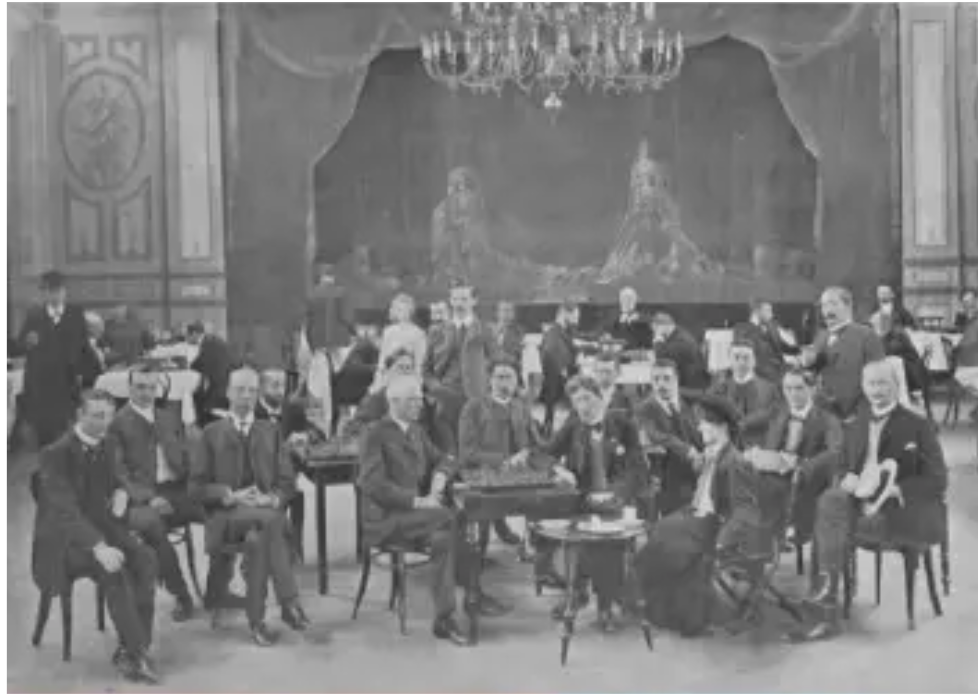
A Century of Chess: Scheveningen 1905
If you get seriously into chess, there's a point inevitably where you find yourself having to learn to spell the word 'Scheveningen' - and apparently that day has come for me. It seems like a very low-key place, a Dutch seaside town, that for some reason has an outsize influence in chess history: the site of three tournaments and namesake of an important variation of the Sicilian Defense. (It's a whole other level, by the way, to correctly pronounce it - the story is that during the war the word Scheveningen was used as a shibboleth by Dutch partisans to unmask German spies.)

It was a fairly minor tournament, a palate cleanser between the immense tournaments the same summer at Ostend and Barmen, and its chief function seems to have been as a return to equilibrium for Frank Marshall, who had fallen apart at Ostend but dominated the field here with a score of +11-1=1 and went on to take third place at Barmen.
The sensation of the tournament, though, was Benjamin Leussen, a one-hit wonder, who started the tournament with seven straight wins before coming back to earth. This was Leussen's one great result. He finished low in the crosstable at the Barmen B tournament later that year and then drifted away from chess.

I haven't been able to find anything online to explain what happened - there's a suggestion that he just lost interest, which would be very rare in a player of his caliber - but it's a shame: he was (maybe along with Adolf Olland) the strongest Dutch player before Euwe.
Just after Marshall's victory at Cambridge Springs the writer Gustave Reichhelm suggested, somewhat far-fetchedly, that the 'pawn-grubbing style' would soon be succeeded by a new approach to chess combining the best of Morphy and Marshall. Strangely enough, that seemed to materialize on cue at Scheveningen. Out of nowhere a new generation had emerged playing chess that was very far removed from the classical precepts and that valorized the combination above all else. For some reason the players of the new generation who fit that description - Duras, Spielmann, Leussen, Leonhardt - all happened to be playing at Scheveningen. In that sense the tournament was like a teaser of the sturm und drang style that became more pronounced over the next years - and it's nice to think of Marshall as that style's patron saint.

And, to round out: here are two games in the swashbuckling style.
